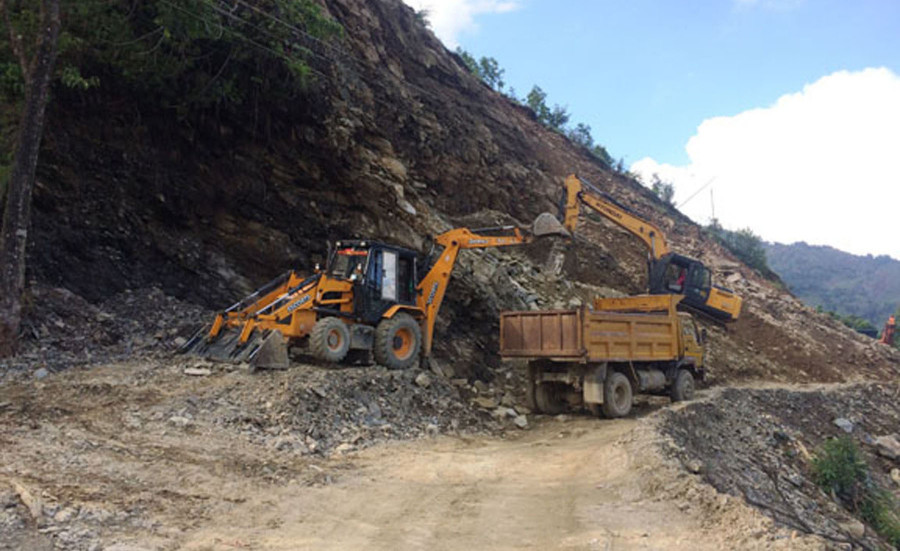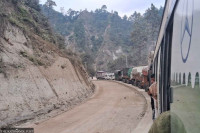Editorial
When the buck stops short: bad planning is killing capital expenditure
Successive governments have failed to implement capital budgets, but this trend must stop.
News that the federal government, and most provincial governments, failed to spend even 20 percent of their capital budget allocation for the first half of the fiscal year 2019-20 is extremely worrisome. Capital expenditure is essential to stimulate the economy and to provide goods and services that the public direly relies on the government for. As such, it is crucial that the governments at all levels spend the money allocated in a timely manner, with proper planning. Hope remains that the governments will buck the existing trend of sluggish spending in the second half of the year and do right by the people that voted them to power.
For years, Nepal’s budget spending has been very poor. Year after year, successive governments fail to implement effective policies in time. As a result, most of the capital budget remains unspent until May or June (the fiscal year ends in July). Then, when the unspent money raises the risk of budget shrinkages the next year, the government in power rushes to allocate the money to new budgetary headings, essentially wasting the money on useless developments, while the original programmes allocated remain underfunded and incomplete. This recurrent trend not only furthers the cycle of poor development, but it also raises the chance of corruption—the emergency budget transfers leave less room for scrutiny.
That this occurs yearly, but that successive governments have failed to address the issue, shows how empty the promises of development and prosperity really are. After all, capital expenditure is earmarked for programmes and projects that are deemed essential for public welfare and economic growth. The budget is used to add assets and develop real capital. This includes everything from roads and other infrastructures to acquiring the latest technology and necessary equipment. As such, the people of the country rely on this expenditure for their welfare, which further leads to the increase of productivity. Further, such expenditure, if carried out according to plan, boosts aggregate demand. This then leads to more business for the private sector, increasing economic activities. Conversely, if the earmarked money is not spent as planned, it leads to a loss of potential growth in the economy. For a country like Nepal, which is still languishing as a least developed country, the need to iron out the problems with low capital spending is all the more important.
With the diversity in identity and the varied topography, federalism was supposed to create a situation where the people’s unique needs are better met by tailored policies. However, with the provinces following the footsteps of the federal government—low spending throughout the year and bunched-up, hollow expenditure at the end of the fiscal year—the system clearly continues to be flawed. The provincial governments in the past two years have excused the poor performance by comparing it to growing pains; that the lack of laws and human resources have stifled proper budget implementation. But this can no longer be used as an excuse. The real culprit behind the lack of spending seems to be something familiar to governance in Nepal—a lack of planning and a lack of timely preparation. To gain credibility, and to deliver on the promises of stability and prosperity, the provincial governments have to start spending the budget in a more structured manner. The governments need to show how the federal system can benefit the people in a way that centralisation never could.
***
What do you think?
Dear reader, we’d like to hear from you. We regularly publish letters to the editor on contemporary issues or direct responses to something the Post has recently published. Please send your letters to [email protected] with "Letter to the Editor" in the subject line. Please include your name, location, and a contact address so one of our editors can reach out to you.




 5.14°C Kathmandu
5.14°C Kathmandu














